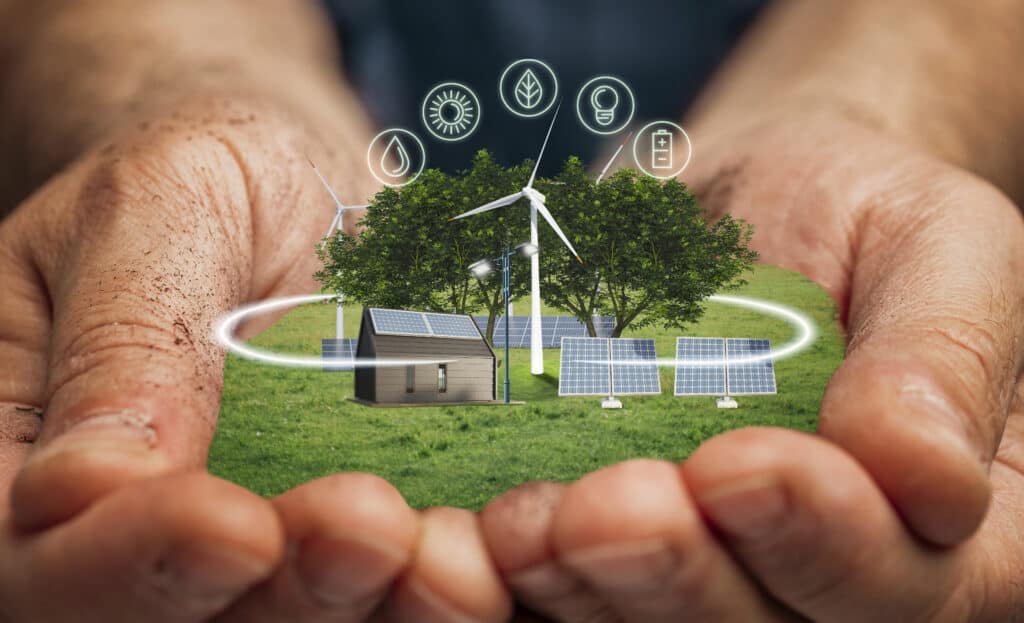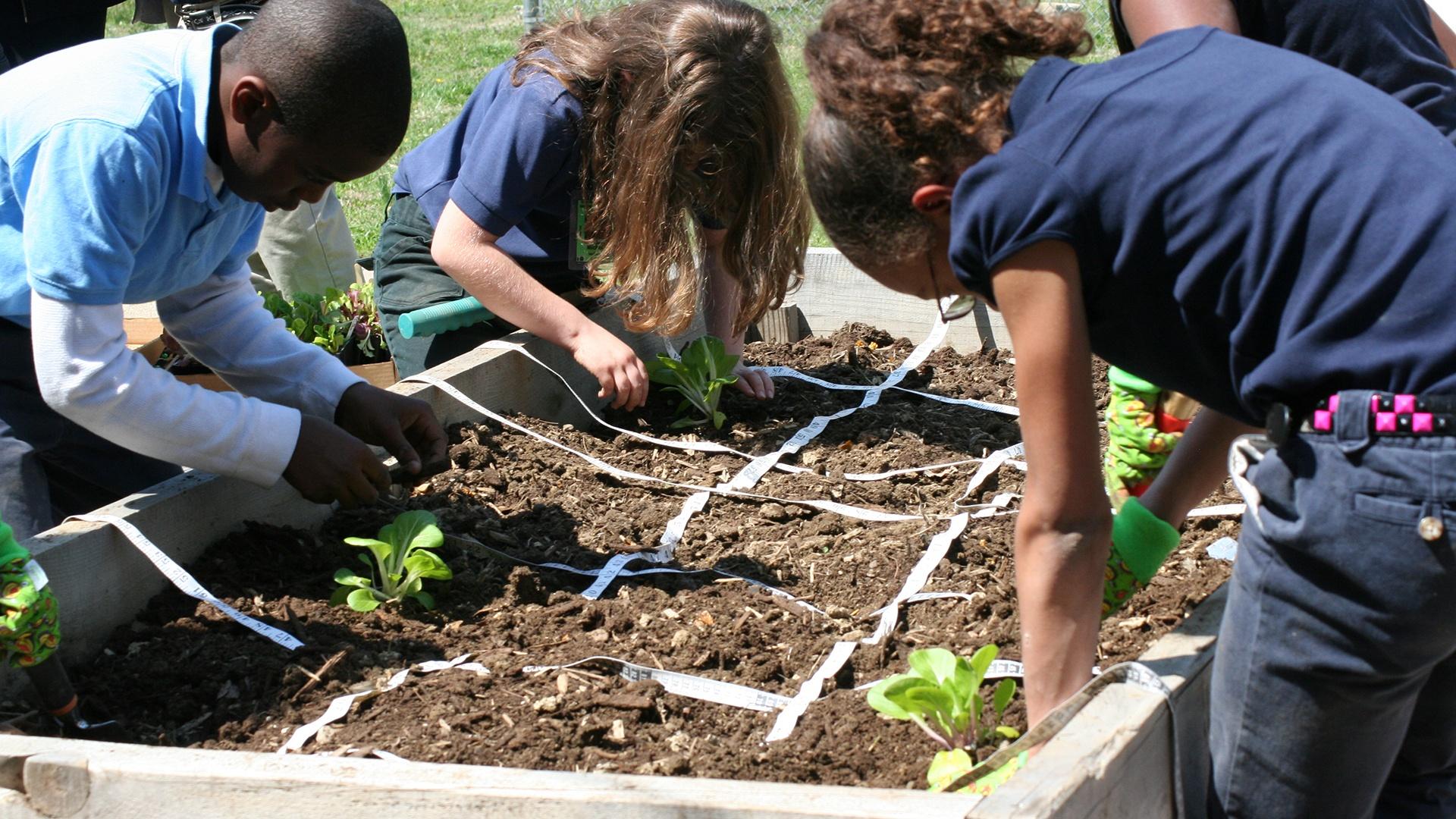
Sustainable Land Use Planning: A Comprehensive Guide to a Greener Future
The world is changing, and with it, our relationship with the land. We’re facing unprecedented challenges: climate change, resource depletion, and a growing global population. These issues demand a fundamental shift in how we manage and utilize our planet’s precious resources. At the heart of this transformation lies sustainable land use planning. This isn’t just a buzzword; it’s a critical approach to ensure that our actions today don’t jeopardize the well-being of future generations. It is about balancing human needs with environmental protection, ensuring economic viability, and fostering social equity. This comprehensive guide delves deep into the principles, practices, and benefits of sustainable land use planning, offering insights into how we can build a more resilient and thriving world.
What is Sustainable Land Use Planning?
Sustainable land use planning is a holistic process that considers the long-term ecological, economic, and social implications of land use decisions. It’s about making informed choices about how we utilize land, ensuring that our actions today support the health and prosperity of both present and future communities. It’s more than just zoning regulations; it’s a complex, multi-faceted approach that integrates environmental protection, economic development, and social equity. It aims to optimize land use patterns to minimize environmental impacts, promote efficient resource utilization, and enhance the quality of life for all.
At its core, sustainable land use planning is guided by several key principles:
- Environmental Stewardship: Protecting and restoring natural ecosystems, biodiversity, and natural resources.
- Economic Viability: Supporting economic development that is resilient, diversified, and benefits the community.
- Social Equity: Ensuring that the benefits and burdens of land use decisions are distributed fairly across all segments of society.
- Community Involvement: Engaging stakeholders in the planning process to incorporate diverse perspectives and build consensus.
- Adaptive Management: Continuously monitoring and evaluating the effectiveness of land use plans and making adjustments as needed.
Why is Sustainable Land Use Planning Important?
The importance of sustainable land use planning cannot be overstated. It’s a crucial tool for addressing some of the most pressing challenges facing humanity today. Here’s why it matters:
- Combating Climate Change: Sustainable land use practices can help reduce greenhouse gas emissions by promoting energy-efficient development, preserving carbon sinks like forests and wetlands, and encouraging the use of renewable energy sources.
- Conserving Natural Resources: Sustainable land use planning helps protect vital resources such as water, soil, and biodiversity. It can minimize pollution, prevent deforestation, and promote responsible resource management.
- Promoting Economic Development: By fostering efficient land use patterns, sustainable planning can support economic growth. It can encourage compact development, reduce infrastructure costs, and create opportunities for green jobs.
- Enhancing Social Equity: Sustainable land use planning can help create more equitable communities by ensuring access to affordable housing, transportation, and essential services. It can also protect vulnerable populations from environmental hazards.
- Improving Public Health: Sustainable land use planning can improve public health by promoting active transportation, reducing air and water pollution, and providing access to green spaces and recreational opportunities.
Key Components of Sustainable Land Use Planning
Sustainable land use planning is a multifaceted process that involves several key components:
- Comprehensive Planning: This involves creating a long-term vision for the community’s future, considering factors such as population growth, economic development, environmental protection, and social equity.
- Zoning Regulations: Zoning ordinances regulate the use of land, including the types of activities that are permitted, the density of development, and the design standards for buildings and infrastructure.
- Environmental Impact Assessment (EIA): EIAs evaluate the potential environmental impacts of proposed development projects, helping to identify and mitigate any negative consequences.
- Transportation Planning: Transportation planning focuses on creating efficient and sustainable transportation systems, including public transit, cycling, and pedestrian infrastructure.
- Public Participation: Engaging the public in the planning process is essential for ensuring that land use decisions reflect the needs and values of the community.
- Monitoring and Evaluation: Monitoring the effectiveness of land use plans and making adjustments as needed is crucial for ensuring that they achieve their intended goals.
Best Practices for Sustainable Land Use Planning
Implementing sustainable land use planning effectively requires adopting a set of best practices. Here are some key strategies:
- Promoting Compact, Mixed-Use Development: Encourage development that is denser, more walkable, and integrates residential, commercial, and recreational uses. This reduces reliance on cars, conserves land, and fosters vibrant communities.
- Protecting Green Spaces and Natural Resources: Preserve parks, forests, wetlands, and other natural areas that provide essential ecosystem services and enhance the quality of life.
- Investing in Public Transportation: Develop efficient and reliable public transportation systems to reduce traffic congestion and greenhouse gas emissions.
- Encouraging Green Building Practices: Promote the construction of energy-efficient, water-saving, and environmentally friendly buildings.
- Implementing Smart Growth Principles: Embrace smart growth principles, which include focusing development in existing urban areas, promoting mixed-use development, and preserving open space.
- Supporting Local Food Systems: Encourage local food production by protecting farmland, establishing farmers’ markets, and supporting community gardens.
- Using Geographic Information Systems (GIS): Utilize GIS technology to analyze land use patterns, assess environmental impacts, and inform planning decisions.
- Fostering Collaboration and Communication: Establish strong partnerships between government agencies, community organizations, and private developers to ensure effective planning and implementation.
Challenges and Solutions in Sustainable Land Use Planning
While the benefits of sustainable land use planning are clear, there are also challenges to its implementation. Recognizing and addressing these obstacles is essential for success.
- Resistance to Change: Some individuals and groups may resist changes to land use regulations or development patterns.
- Lack of Funding: Implementing sustainable land use plans often requires significant financial resources.
- Complex Regulations: Navigating complex land use regulations can be challenging for developers and the public alike.
- Short-Term Economic Pressures: Short-term economic pressures can sometimes conflict with the long-term goals of sustainable land use planning.
- Lack of Public Awareness: A lack of public awareness about the benefits of sustainable land use can hinder support for planning initiatives.
Solution: Engage stakeholders early and often in the planning process, providing clear information about the benefits of sustainable land use and addressing concerns through open dialogue.
Solution: Explore diverse funding sources, including government grants, private investment, and public-private partnerships. Prioritize projects that offer the greatest environmental and economic returns.
Solution: Simplify regulations, streamline the permitting process, and provide clear guidance to developers and the public. Utilize online resources and other tools to improve accessibility.
Solution: Demonstrate the economic benefits of sustainable land use, such as reduced infrastructure costs, increased property values, and the creation of green jobs. Integrate economic considerations into the planning process.
Solution: Launch public education campaigns to raise awareness about the importance of sustainable land use. Use social media, community events, and other channels to reach a broad audience.
Examples of Successful Sustainable Land Use Planning
Numerous communities around the world have successfully implemented sustainable land use planning initiatives. Here are a few inspiring examples:
- Curitiba, Brazil: Curitiba is renowned for its innovative public transportation system, which has reduced traffic congestion and air pollution. The city has also implemented extensive green space initiatives, creating numerous parks and recreational areas.
- Vancouver, Canada: Vancouver has adopted a comprehensive approach to sustainable development, focusing on compact development, green building, and public transportation. The city has also implemented policies to protect its natural environment, including its forests and waterfront areas.
- Portland, Oregon, USA: Portland is a leader in smart growth planning, with a focus on compact development, public transportation, and protecting farmland. The city has also implemented policies to encourage urban agriculture and local food production.
- Freiburg, Germany: Freiburg is a model for sustainable urban development, with a strong emphasis on renewable energy, energy efficiency, and public transportation. The city has also implemented policies to promote cycling and pedestrian-friendly streets.
The Future of Sustainable Land Use Planning
The future of sustainable land use planning is bright. As the challenges of climate change and resource depletion become increasingly apparent, the demand for sustainable solutions will only grow. Several trends are shaping the future of this field:
- Smart Cities: The integration of technology, such as smart sensors and data analytics, is transforming how we plan and manage land use. Smart cities use technology to optimize resource use, improve transportation, and enhance the quality of life.
- Climate-Resilient Planning: Planning for climate change is becoming increasingly important. This involves identifying climate risks, such as flooding and sea-level rise, and developing strategies to adapt to these risks.
- Nature-Based Solutions: The use of natural systems, such as green infrastructure and urban forests, to address environmental challenges is gaining popularity. Nature-based solutions can provide multiple benefits, including climate change mitigation, improved air quality, and enhanced biodiversity.
- Community Engagement: The importance of community involvement in the planning process is growing. Planners are increasingly seeking to engage residents in decision-making and to incorporate their perspectives into land use plans.
- Data-Driven Decision Making: The use of data and analytics to inform land use decisions is becoming more prevalent. Planners are using data to assess environmental impacts, evaluate the effectiveness of planning strategies, and track progress toward sustainability goals.
Sustainable land use planning is not just a trend; it’s a necessity. By embracing the principles of environmental stewardship, economic viability, and social equity, we can create communities that are resilient, thriving, and sustainable for generations to come. It requires a collaborative effort, involving governments, communities, and individuals. By working together, we can build a better future for all.
Getting Involved in Sustainable Land Use Planning
You don’t have to be a planner or a policymaker to contribute to sustainable land use planning. There are many ways you can get involved:
- Stay Informed: Educate yourself about the issues and the planning processes in your community. Follow local news, attend public meetings, and read relevant reports.
- Participate in Planning Processes: Attend public hearings, workshops, and other events related to land use planning. Provide your input on proposed plans and projects.
- Support Sustainable Development: Advocate for policies and projects that promote sustainable land use. Support local businesses that prioritize sustainability.
- Reduce Your Environmental Footprint: Make choices in your daily life that reduce your environmental impact. This includes conserving water and energy, reducing waste, and using sustainable transportation.
- Volunteer in Your Community: Volunteer with local organizations that are working to promote sustainable land use, such as environmental groups or community gardens.
- Contact Your Elected Officials: Let your elected officials know that you support sustainable land use planning. Encourage them to prioritize sustainable development in their decision-making.
Conclusion
Sustainable land use planning is a complex but crucial endeavor. It offers a roadmap for creating communities that are both environmentally sound and economically prosperous. By embracing its principles and practices, we can build a future where human needs are met without compromising the health of the planet. It is a continuous journey, requiring constant learning, adaptation, and collaboration. The commitment to sustainable land use planning is an investment in a healthier, more equitable, and more resilient future for all. It’s a commitment to the planet, to our communities, and to the generations that will follow.
The time to act is now. Let’s work together to create a world where sustainable land use planning is not just a concept, but a reality.


